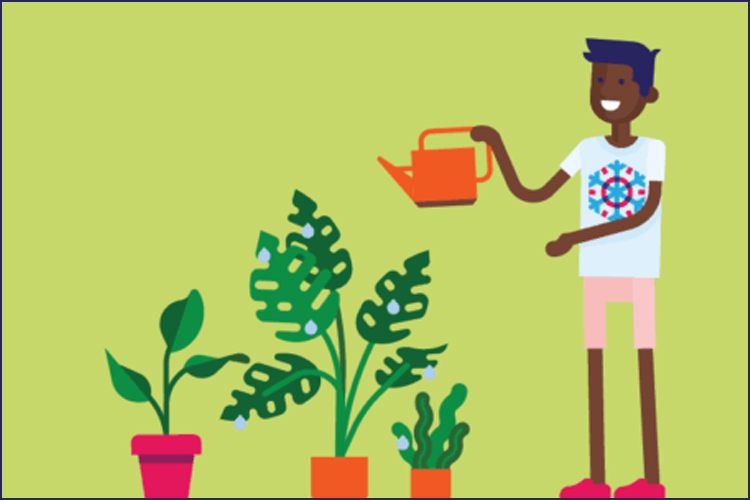CoolLiving
Keeping our buildings cool during Europe’s increasing exposure to extreme heat can be energy-intensive and expensive. The ways you can ensure efficient, effective space cooling depends on whether you are…
What can I do?
Get rid of the AC!
Traditional air conditioning units account for 99% of the space cooling market in the EU, but they are not the best available option.
There are a wide range of strategies you can use to ensure your home stays cool. These include:
I feel cooler when I’m running a fan, but did you know that it doesn’t actually cool the air in your home?
The airflow from a fan makes sweat evaporate faster from your skin and displaces the warm air that your body generates, giving the illusion that your environment is cooler. Good ventilation is key to keeping cool!
Did you know? If I install a green roof or another nature-based solution in my home, I can reduce my need for air conditioning by 40-60%!
Watch
Read more

Join us
Be part of our community by registering to our newsletter and get informed about upcoming training sessions about the CoolLIFE Hub and Tools.
















